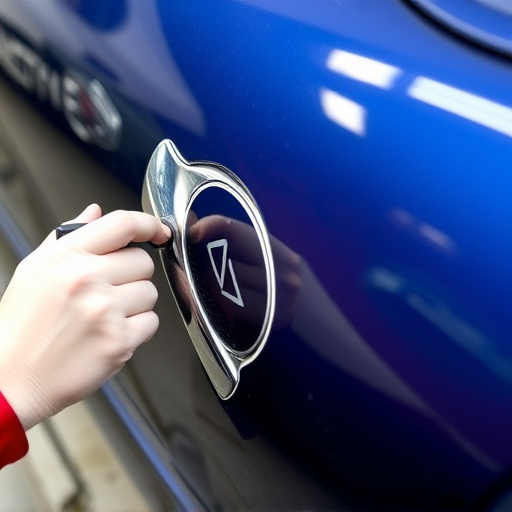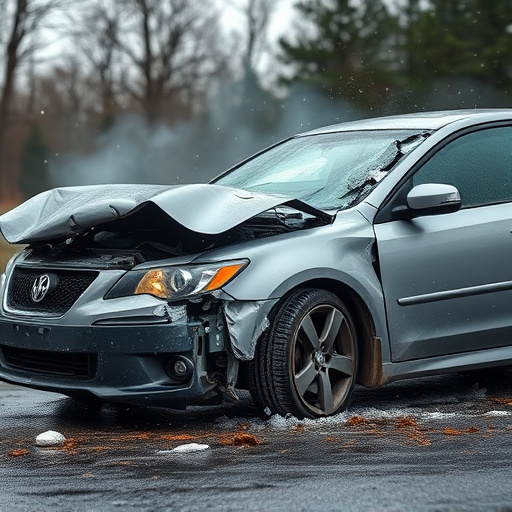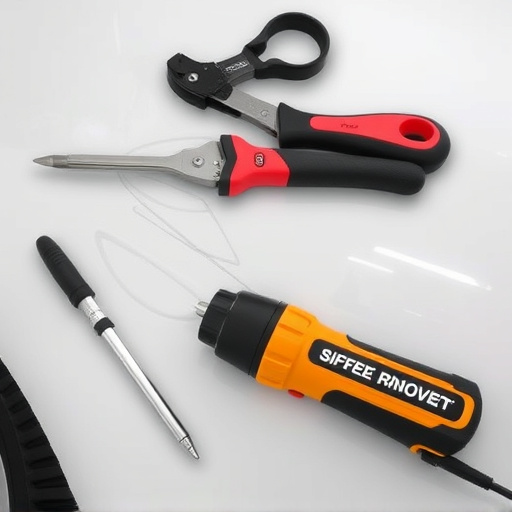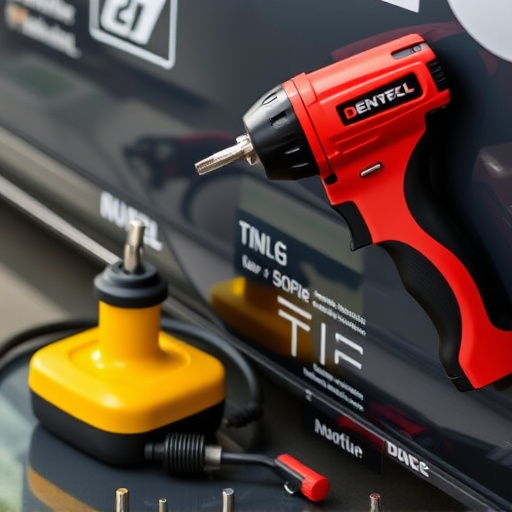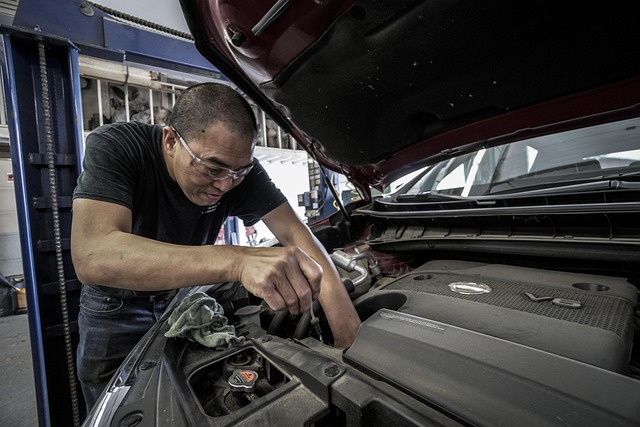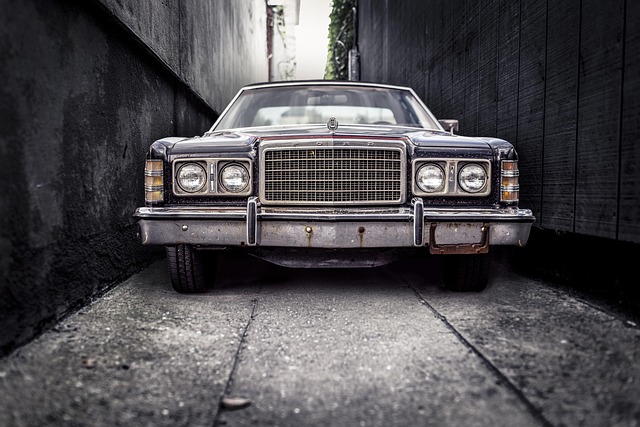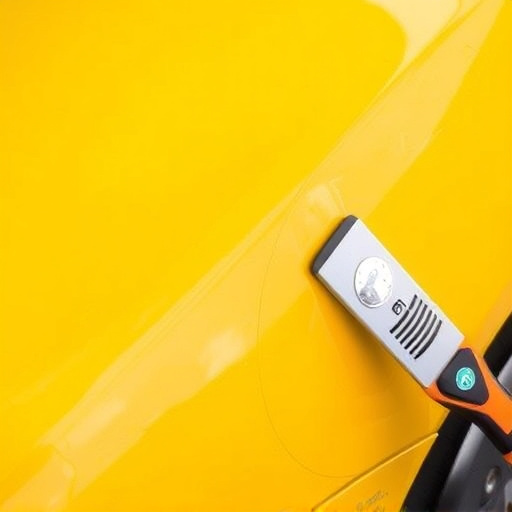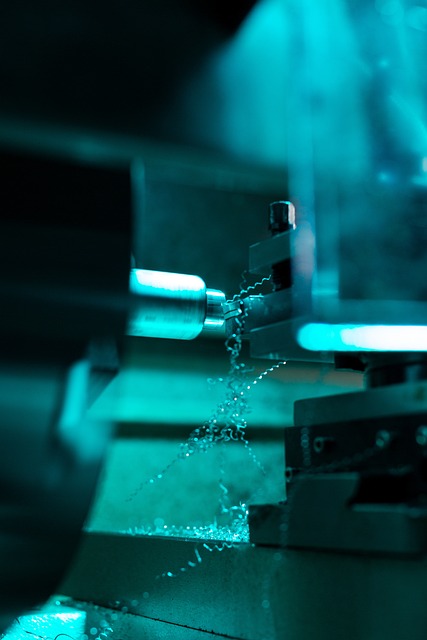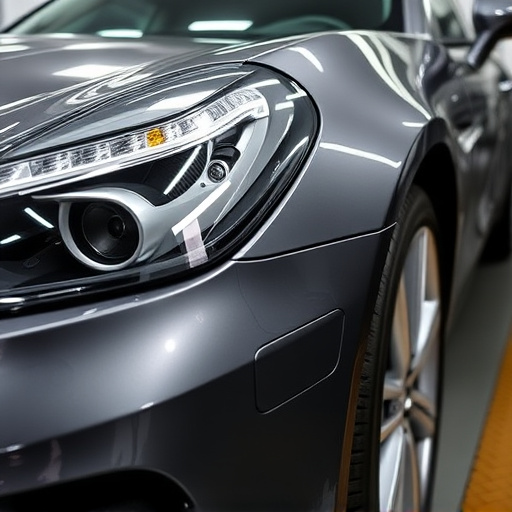Specialized knowledge and equipment are crucial for effective Model X crash repairs due to its advanced safety features and unique electric vehicle (EV) construction. The process demands meticulous attention, utilizing advanced diagnostic tools and certified EV technicians to ensure safe repairs that adhere to manufacturer guidelines. Quality control measures, including accurate alignment, precise panel fitting, and thorough testing, guarantee both aesthetic restoration and optimal performance for Model X owners.
In the realm of automotive innovation, electric vehicles (EVs) like the Tesla Model X bring both advanced safety features and unique repair considerations. This article explores best practices for Model X crash repair, focusing on understanding its specialized safety mechanisms and the distinct challenges posed by EV technology. By delving into the repair process and highlighting long-term performance strategies, we empower professionals to navigate these intricate repairs with efficiency, safety, and reliability.
- Understanding Model X Crash Safety Features and Electric Vehicle Differences
- The Process of Model X Crash Repair: Best Practices for Efficiency and Safety
- Ensuring Long-term Performance and Reliability in Model X Electric Vehicle Repairs
Understanding Model X Crash Safety Features and Electric Vehicle Differences

The Tesla Model X, with its distinctive design and cutting-edge technology, offers a unique set of safety features that are essential to consider during crash repairs. Unlike conventional vehicles, electric cars like the Model X have specific considerations due to their advanced electrical systems and battery packs. Understanding these differences is crucial for auto dent repair or car body shop professionals to ensure safe and effective repairs.
Model X crash safety includes innovative features such as a crumple zone design, advanced airbag systems, and an electric vehicle-specific collision response. These systems differ from traditional internal combustion engines, where the primary focus may be on minimizing damage to fuel lines and other liquid-based components. In contrast, electric vehicles require careful handling of high-voltage batteries, ensuring no short circuits or leaks during the repair process. Thus, when repairing a Model X, whether it’s for auto dent repair or addressing more severe damages, specialized knowledge and equipment are necessary to navigate these unique challenges.
The Process of Model X Crash Repair: Best Practices for Efficiency and Safety
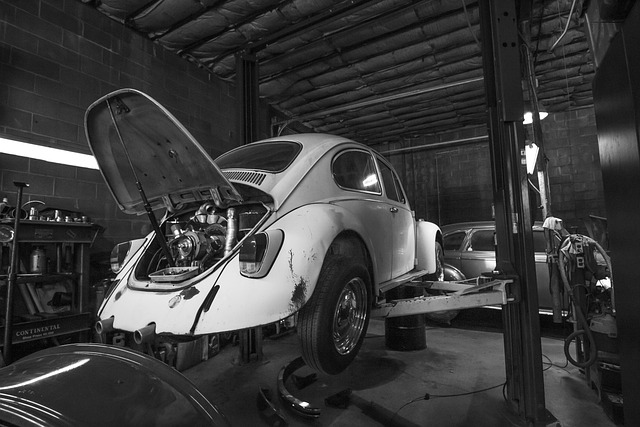
The Model X crash repair process requires a meticulous approach to ensure both efficiency and safety, especially considering the unique aspects of electric vehicle (EV) construction. Unlike traditional internal combustion engines, EV powertrains are more compact, complex, and sensitive to certain repair techniques. Thus, specialized knowledge and equipment are vital.
Efficient Model X crash repair involves several best practices. First, a thorough assessment is crucial to identify damage and potential safety risks. This includes examining the vehicle’s structure, battery system, and sensitive electrical components. Next, the auto body shop must employ advanced diagnostic tools to pinpoint issues accurately. Once identified, repairs should prioritize minimizing disruption to the EV’s intricate systems. This might involve specialized tire services for wheel damage, precise auto body repair techniques, and careful handling of high-voltage batteries. Collaborating with certified EV technicians ensures that every step adheres to manufacturer guidelines, promoting both safety and optimal vehicle performance post-repair.
Ensuring Long-term Performance and Reliability in Model X Electric Vehicle Repairs
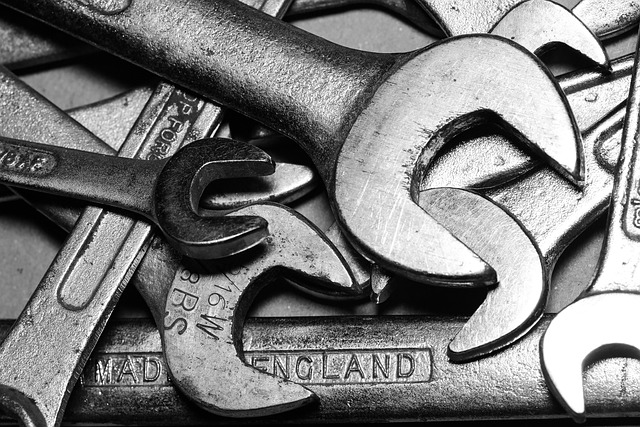
When performing Model X crash repair, it’s paramount to focus on long-term performance and reliability. This involves meticulous attention to detail during the reconstruction process, ensuring that all components are fully restored to their original factory specifications. The use of high-quality parts and advanced repair techniques is crucial in maintaining the electric vehicle’s structural integrity and optimal efficiency.
Professional car bodywork services for Model X vehicles should incorporate rigorous quality control measures at every stage of the collision repair process. This includes accurate alignment, precise panel fitting, and thorough testing to guarantee that the vehicle not only looks like new but also functions as intended. A successful car restoration for a Model X goes beyond aesthetics; it involves restoring the vehicle’s range, performance, and overall reliability, thereby ensuring a seamless and enjoyable driving experience for its electric-powered owners.
In conclusion, effective Model X crash repair demands a deep understanding of its unique electric vehicle (EV) safety features and considerations. Adhering to best practices throughout the repair process is essential for both efficiency and ensuring long-term performance and reliability. By prioritizing these strategies, technicians can effectively navigate the complexities of EV repairs, ultimately contributing to safer and more sustainable transportation.
